Flore Révallès – the vamp from Lake Geneva
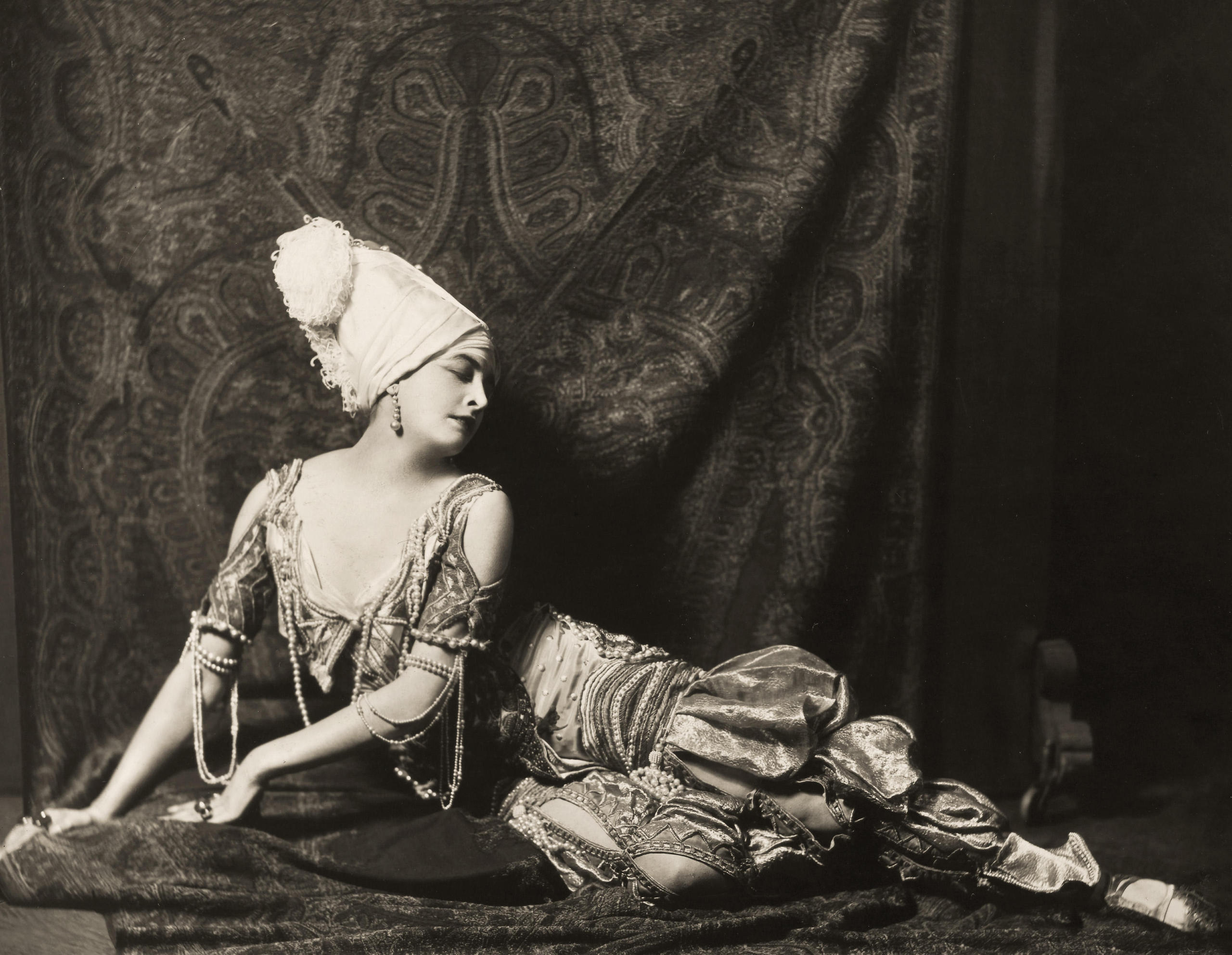
She was the star of the Ballets Russes in the US in 1916. The tabloids were obsessed with her fingernails and her hairstyles. Her portrait hung on the walls of Charlie Chaplin’s home. In Switzerland, where she was born and where she died, she has been forgotten. Who was Flore Révallès?
At the end of her career as an entertainer, Révallès rented a studio in Geneva in the 1950s. She called it “Paradiso” and filled it with things of her past: a stuffed crocodile that toured with her throughout the US; sabres from North Africa; tapestries from Egypt, snake skins, sheets of music and dozens of photographs showing her on the stages of the world or pictures of the Amazon. At Paradiso, Flore Révallès played the piano, performed the operas she used to sing and dreamt about the glorious days when she toured the world as Flore Révallès.

Révallès was never well-known in Switzerland and finding information on her is a challenge. The only person who has ever written about her was her godchild and nephew, the French actor Guy Trejan. His own autobiography dedicates a few pages to his aunt, but a certain embarrassment can be felt when he writes about how Révallès always used to say: “Vous ne pouvez pas savoir ce que j’ai été!” (You have no idea who I was). Well, who was this Flore Révallès?
Flore Emilie Treichler from Rolle became Flore Révallès
Flore Révallès was born as Emilie Flora Treichler on January 25, 1889 in Rolle, a small town nestled along the northwestern banks of Lake Geneva. Not much is known about her childhood, apart from that she grew up ‘singing all the time’, a fact she disclosed during an interview with “Motion Picture Classic”.
When she was 16, she went to the conservatory in Paris to take singing lessons, against her mother’s will. Her father Gustav Treichler was not involved in this decision. He had left for the Empire of Abyssinia in 1903 to help build a railway for King Menelik II. In 1914, he returned to Europe, where he died of a fever in Marseille.
By that time, his daughter had turned into Flore Révallès and performed at the Grand Théatre in Geneva which she would soon leave to explore the world and go even farther afield than her father. After she had performed the opera “Thaïs” in 1915, the scene and costume designer Leon Bakst knocked on her backstage door. Bakst worked with the famous Ballets Russes whose founder Sergei Pawlowitsch Dhiagilev toured the world with his team.
Dhiagilev bought Révallès out of her contract with the Geneva theatre and took her on tour with him. In January 1916, they set off for the US – performing first in New York followed by the West Coast.

Fatal erotic
In the US, the Swiss girl from Lake Geneva became a celebrated exotic goddess who was praised for her “dusky beauty” and “exotic flavour”. She played the leading roles in the Ballets Russes’ productions of “Scheherezade” and “Cleopatra”, both of which were extremely popular with western audiences, as there was an insatiable desire for performances depicting the Orient at the time. The dancers of the Ballets Russes did not wear tutus or white dresses. They performed in their bare feet and were clad in airy colourful dresses from Léon Bakst’s fictitious Orient. This style became a trend among American stars in the 1920s.
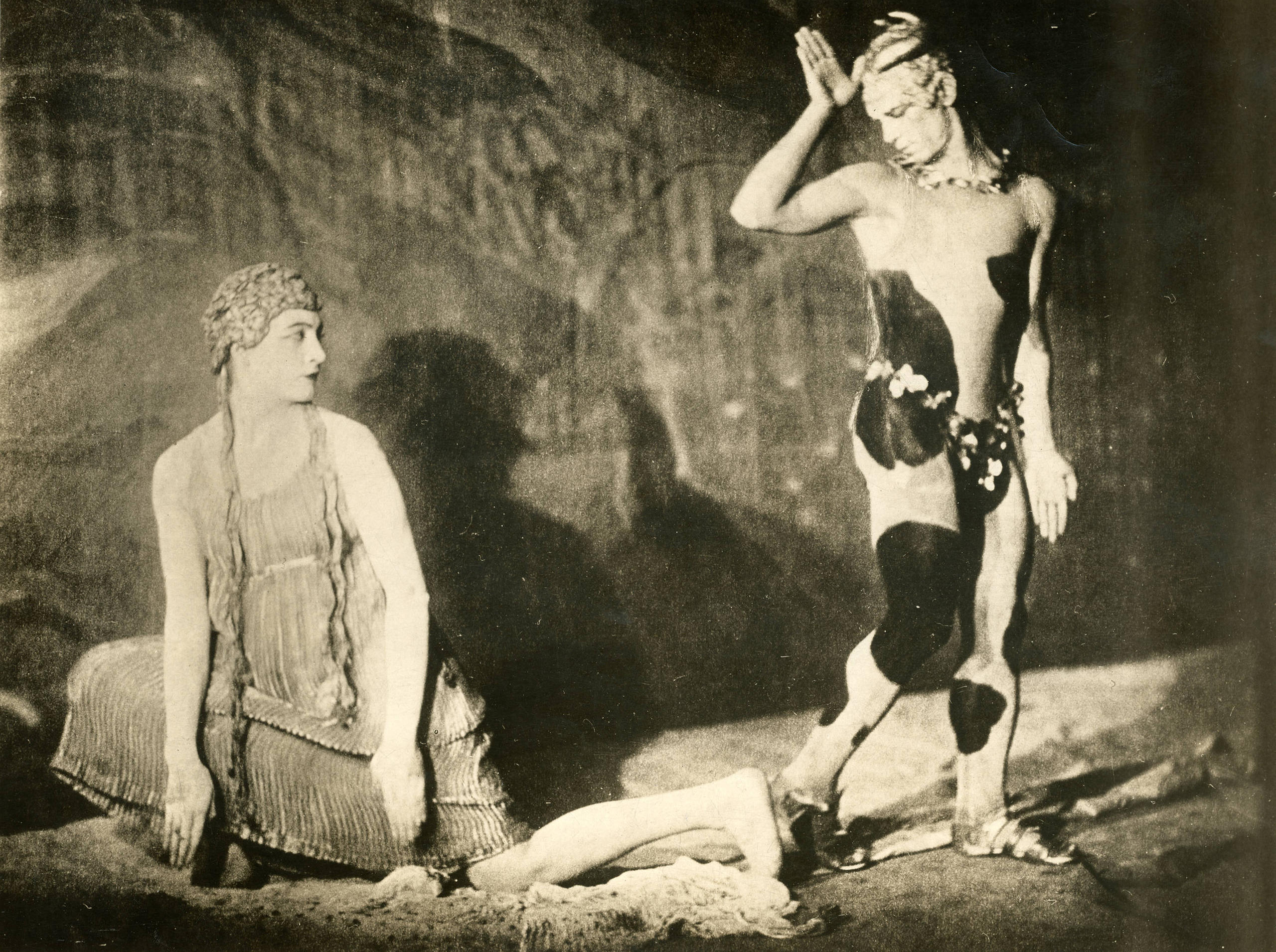
“Scheherezade” tells the story of a sheik who wants to test the loyalty of his harem. Shortly after he turns his back on his favourite lady Zobeide, she falls for a harem slave – played by Vaslav Nijinski – and starts an orgy. The Ballets Russes was one of the first theatre companies to portray women as vamps which was later successfully adopted by Hollywood.

Flore Révallès’ photographs soon appeared in “Vanity Fair” and “Vogue”, and newspapers across the country praised her excellent performance, but her final breakthrough came with a story by Edward Bernay who was considered the ‘father of public relations’. Bernay who was convinced that a good story could sell any product told the press that Révallès had tamed a snake with her beauty and used it to perfect her Cleopatra dance. In an interview with the Billboard magazine, Révallès’ said she wanted to make her Cleopatra to be “dangerous, cruel and seductive” and would only achieve this by studying the snake’s cold and insidious movements. The picture of Révallès playing with the snake in the Bronx Zoo travelled across the nation and made her a star overnight. She continued to have her photograph taken with the snake, while in later years, she would pose with a young alligator given to her by an admirer.

Even though Révallès was known for her extravagant fashion and stylish public appearance, the tabloids were more interested in reporting on the smocks she wore in her spare time and the state of her fingernails.
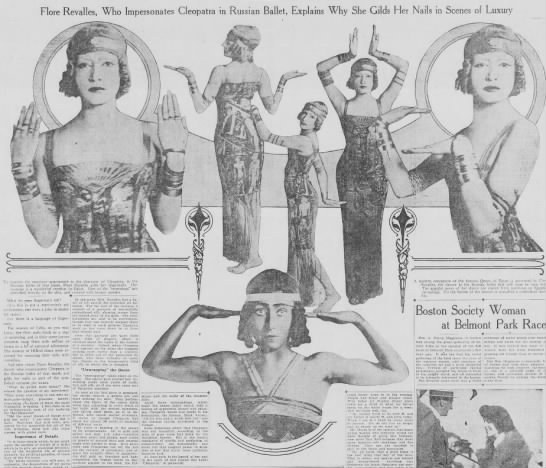
Becoming a ghost
After two Broadway productions which were well received by the public, she played an adulterer in two American silent movies. In the blockbuster “Earthbound”, her lover kills her husband who becomes a ghost and talks to her from the afterlife as if it were a therapy for couples. After her second and last movie in the US, Révallès almost turns into a ghost herself, and it becomes harder to follow her career.
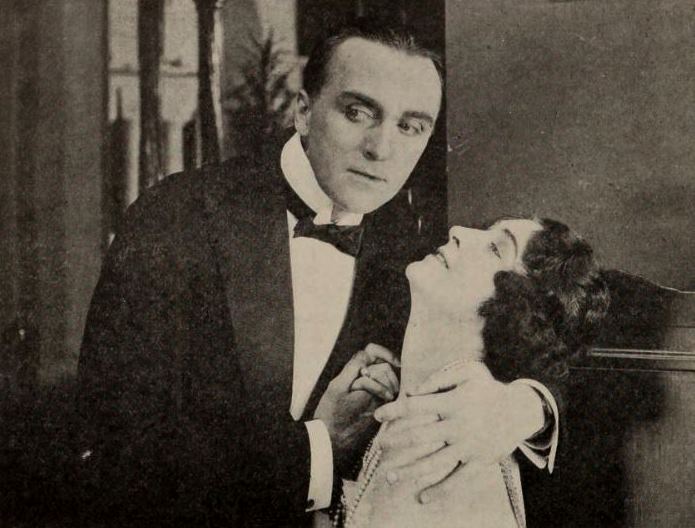
In his autobiography, her nephew mentions that Révallès performed at galas for Mussolini and supported fascism, however, he shied away from revealing more details. Révallès continued to tour the world and performed in faraway places such as Cairo. In 1936, she returned to Switzerland where her acting career was nearing its end. She spent most of her time looking after her mentally ill brother and taking care of his son after his death. Every once in a while, she would still perform in Paris.
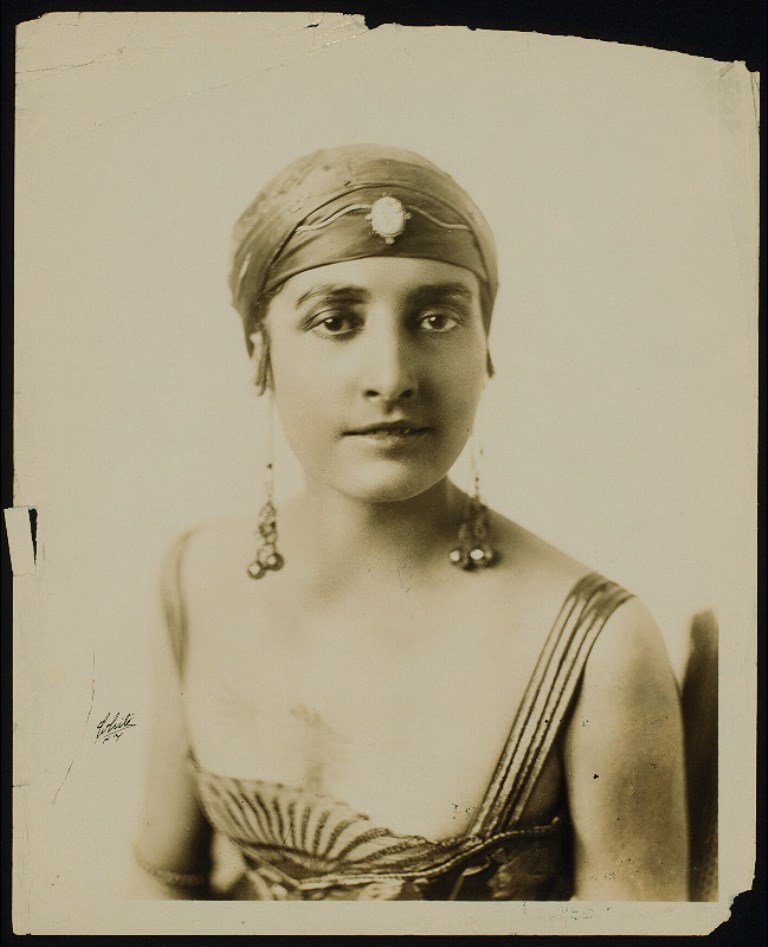
After the end of WWII, Révallès married a Geneva industrialist. His business was near collapse and when he died in 1958, she was in financial dire straits. In 1966, she died in a hospital near Leysin in canton Vaud as Flore Cerf-Treichler, the name which is written on her gravestone.
Guy Tréjan: Ma vie est mon plus beau rôle. Paris 1993.
Jean-Pierre Pastoris: Soleil de nuit. La Renaissance des Ballets Russes. Lausanne 1993
Artem Lozynsky: Orientalism and the Ballets Russes. In: Situations 1/2007.
Larry Tye: The father of spin: Edward L. Bernays & the birth of public relations. New York 1998.

In compliance with the JTI standards
More: SWI swissinfo.ch certified by the Journalism Trust Initiative










You can find an overview of ongoing debates with our journalists here . Please join us!
If you want to start a conversation about a topic raised in this article or want to report factual errors, email us at english@swissinfo.ch.